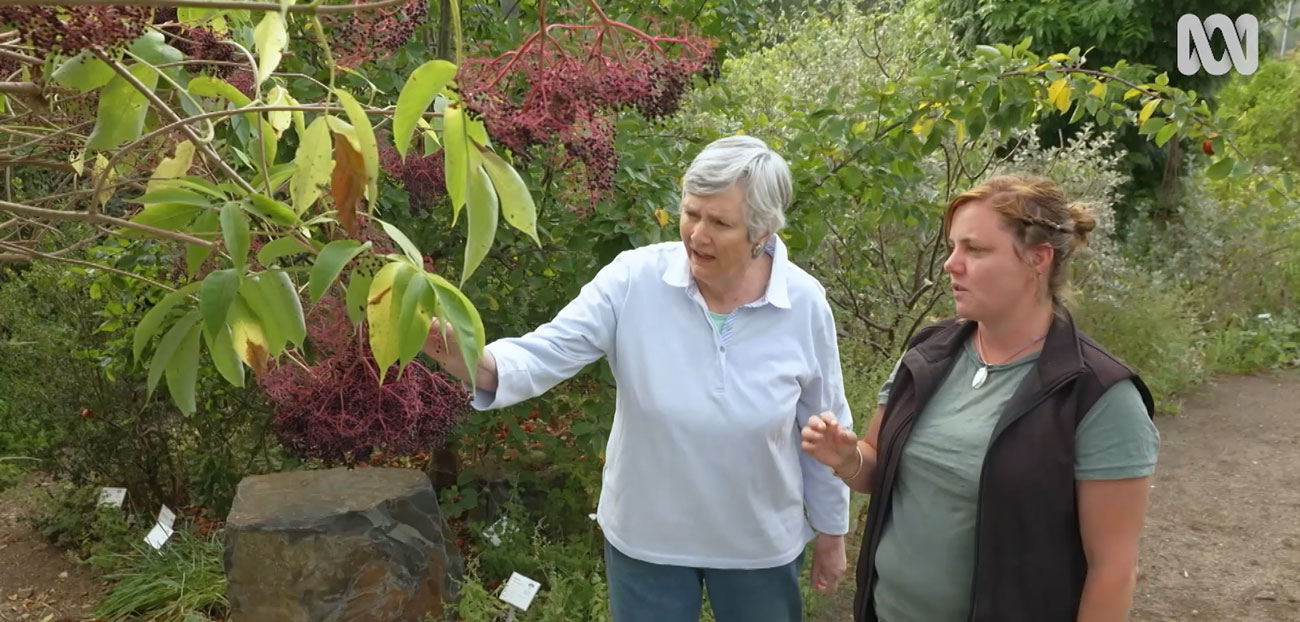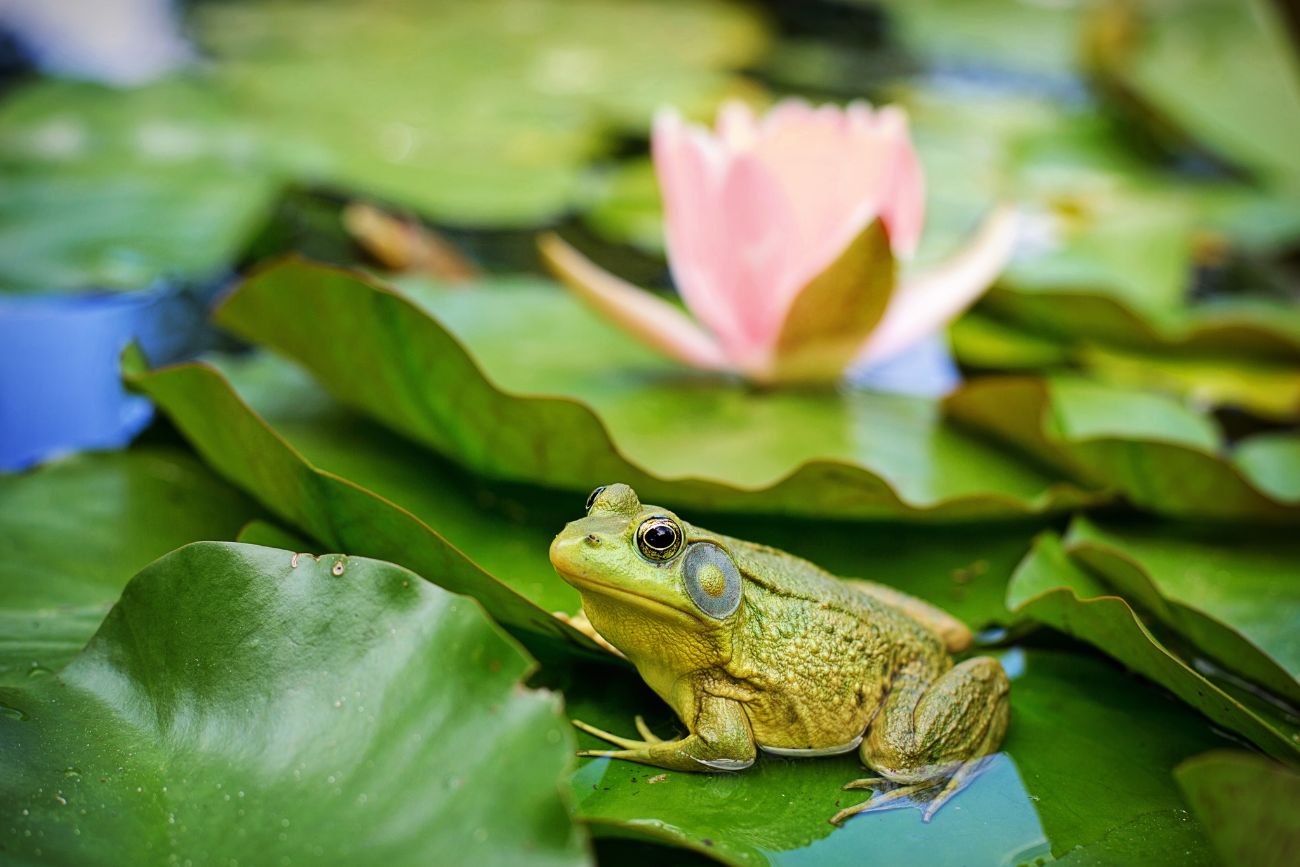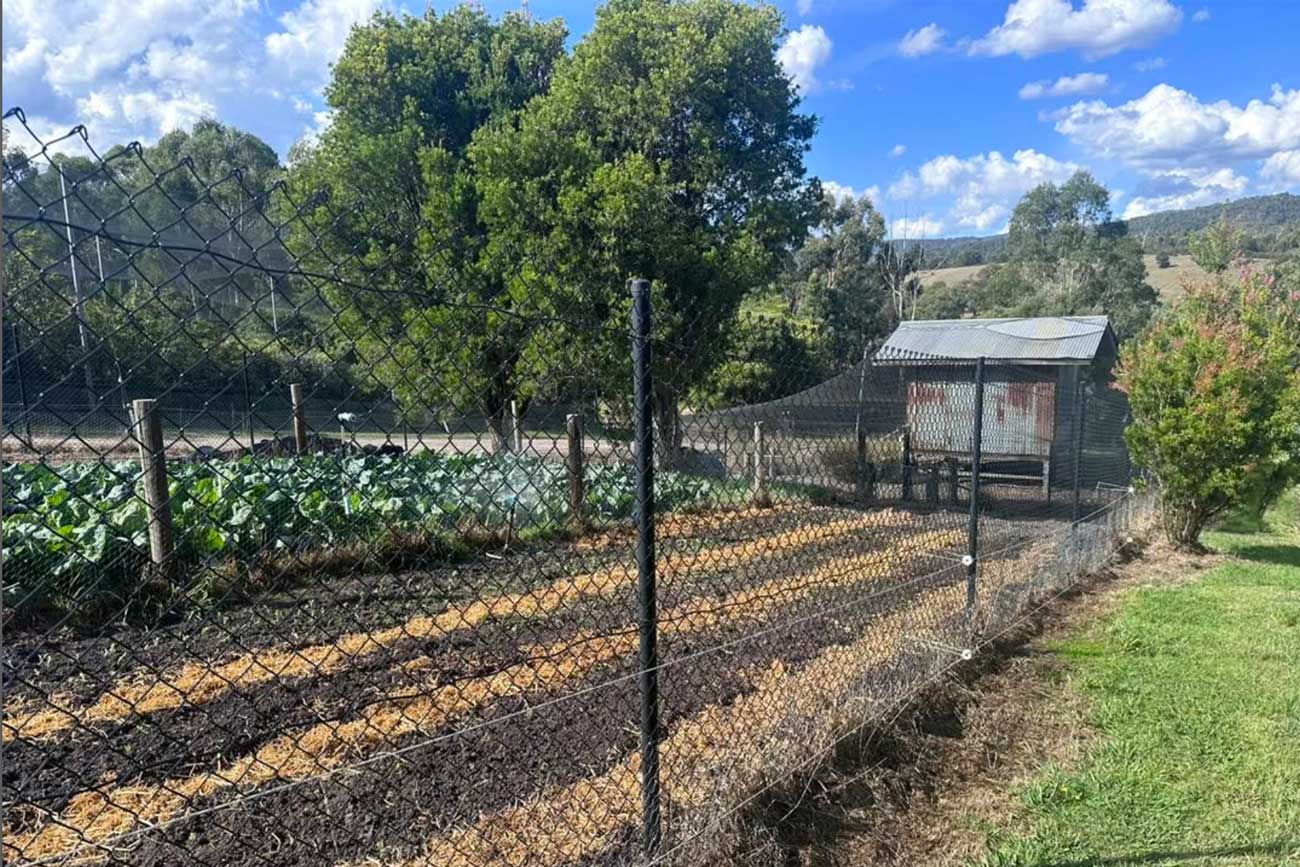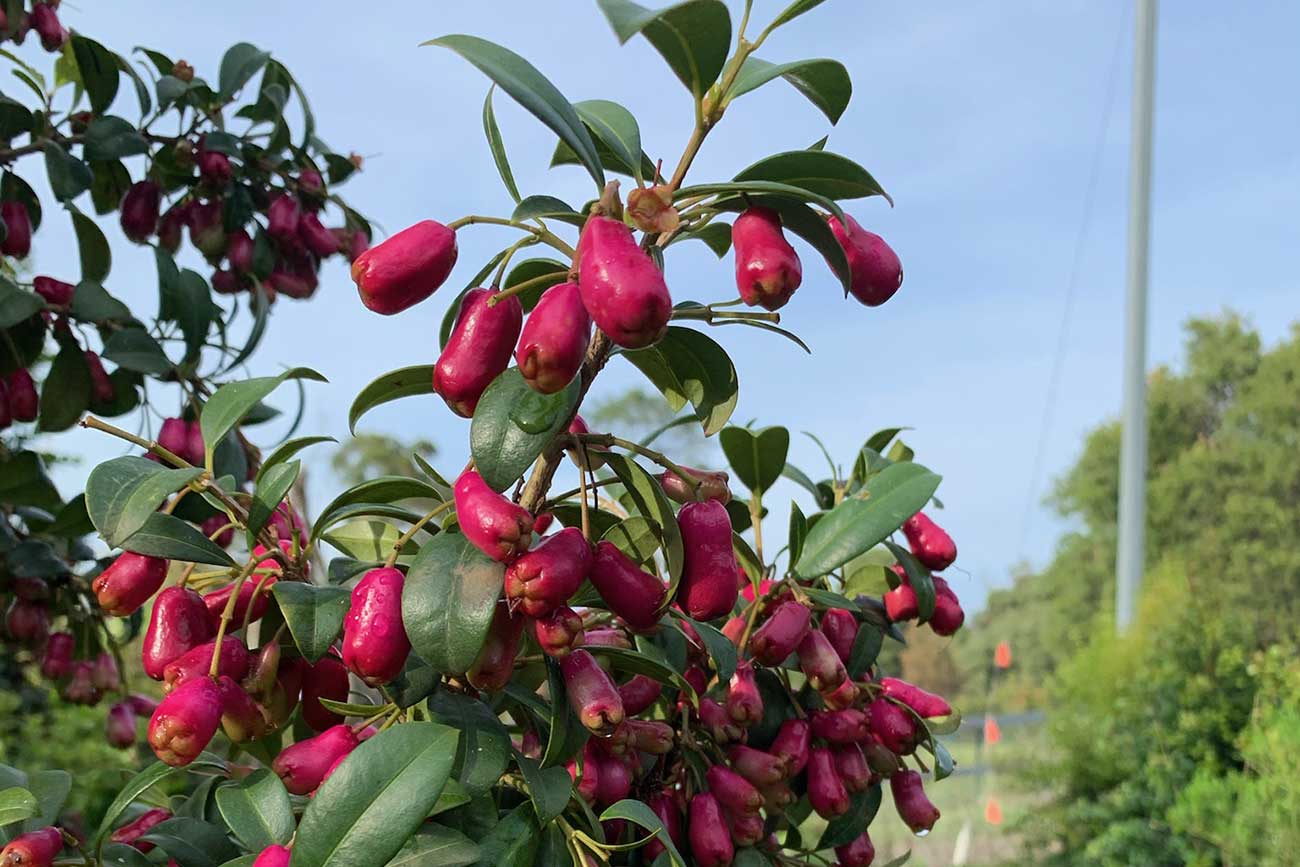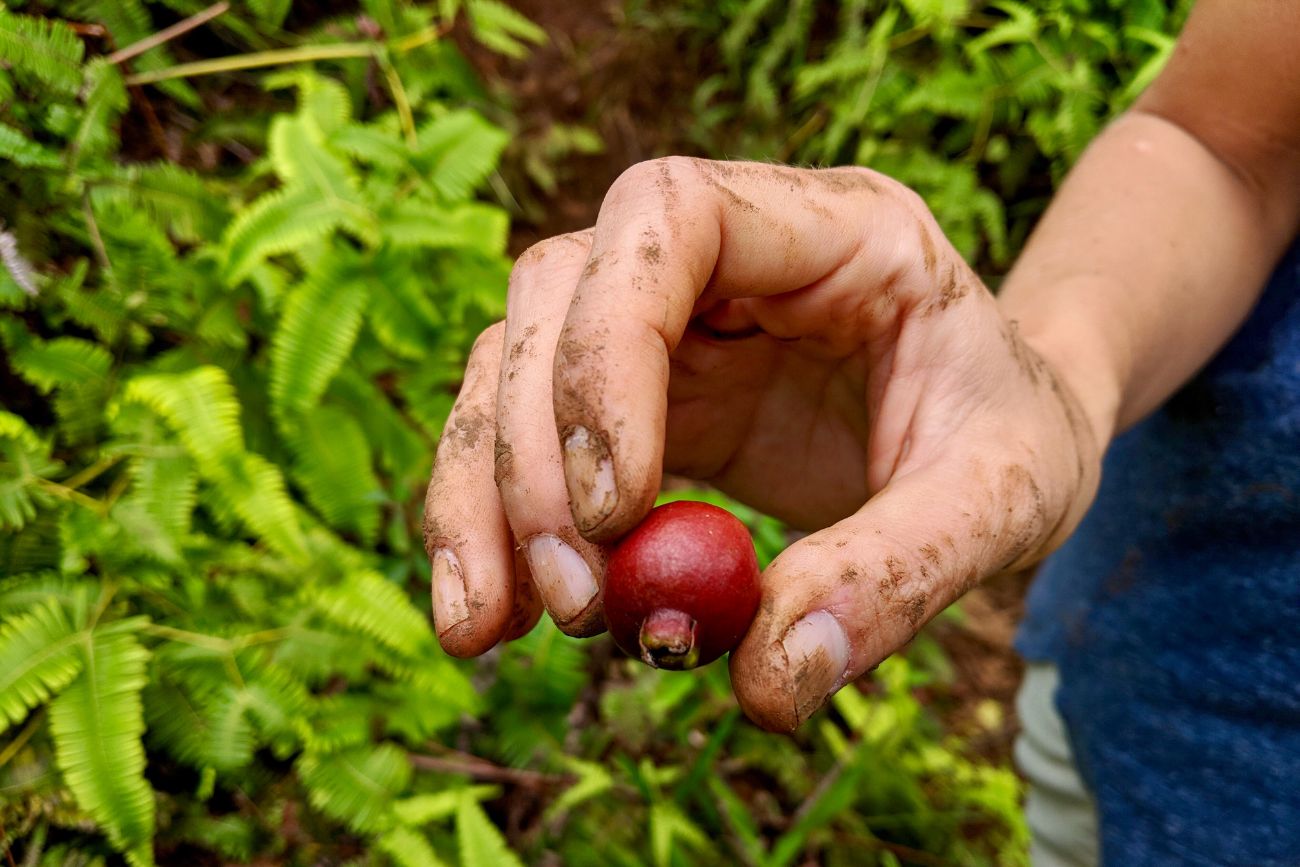The Medlar Tree – An Ancient Gem Making a Comeback
Did you know the medlar was once a staple in medieval kitchens but nearly vanished with the rise of the apple? With its quirky appearance and rich history, this unique fruit is making a well-deserved comeback in our Edible Forest.
For this month, I’ve chosen the medlar tree as it’s one of my absolute favourites—especially at this time of year when the fruit begins to ripen!
A Fruit with a Fascinating History
The medlar tree (Mespilus germanica) is an ancient variety that was once highly prized across Europe during the Middle Ages. Medlars were found in the gardens of medieval monasteries, castles, and manor houses as much a part of daily life as apples are today.
If you look closely at artwork from the era, you might even spot the curious fruit nestled in still-life paintings or decorating the feasts of royalty. But as apples and other fruits gained popularity during the agricultural boom, the medlar fell out of favour—not because it wasn’t delicious, but because it required patience and care to enjoy.
A Unique Tree for the Garden
The medlar is part of the same family as apples and pears (Rosaceae), and like its cousins, it thrives in cool, temperate climates. However, it has one very distinctive quirk: the fruit isn’t edible straight off the tree. Medlars need to go through bletting, where they soften and ripen after exposure to frost or a cold period.
The frosty nights we’ve been having here in Melbourne are perfect for triggering this transformation. Once bletted, the fruit may look a little unusual—some might even say “like rotten fruit”—but don’t be fooled. Beneath that appearance lies a rich, sweet flavour reminiscent of stewed apples with hints of spiced pear.
How to Enjoy Medlars
Medlars aren’t just a historical curiosity—they’re wonderfully versatile in the kitchen:
- Eat them fresh: Once bletted, you can enjoy medlars straight from the tree, scooping out the soft, sweet flesh.
- Preserve them: Medlars make fantastic jams, jellies, and chutneys. Their natural sweetness and hint of tartness pair beautifully with winter spices like cinnamon and clove.
- Get creative: Use medlars in tarts, pies, or even as a glaze for roasted meats.
Adding medlar preserves to your pantry is a great way to enjoy this ancient fruit throughout the year.
Why the Medlar Matters
One reason I adore the medlar tree is its ability to fruit in winter when little else is producing. For gardeners and growers, this makes it a valuable addition to any edible landscape, providing fresh produce during the colder months.
From a food security perspective, having fruit trees that produce across different seasons is incredibly important. Medlars may have been overlooked for centuries, but they remind us of the beauty and sustainability of diversity in our gardens.
Growing Medlars in Australia
Medlars thrive in cool, temperate regions like the Yarra Valley and other parts of southern Victoria. They’re hardy trees that are relatively easy to grow, as long as they have:
- Sunshine: A sunny position to encourage healthy growth and fruiting.
- Well-draining soil: Loamy, slightly acidic soil (pH 6.0–7.0) is ideal.
- Winter chill: They require frosty nights to set and ripen their fruit.
Planting in autumn or winter is the best time for medlars, especially if you’re starting with a bare-rooted tree.
How to Harvest and Use Medlars
Medlars are unlike other fruits—you can’t simply pick them and eat them straight away. They require a process called “bletting”, which softens the fruit and brings out its unique sweetness.
When to Harvest
- Harvest medlars in late autumn to early winter when the fruit has turned brown but is still firm.
- For the best flavour, leave the fruit on the tree until after the first frosts. The cold helps kickstart the bletting process.
- If frost is light or delayed, you can pick them and allow them to blet indoors in a cool, dry place.
How to Blet Medlars
- Place harvested medlars in a single layer, stem side up, on a tray or straw-lined basket.
- Store them in a cool, dark spot for 1–2 weeks.
- They’re ready when the skin wrinkles and the flesh becomes soft to the touch.
How to Enjoy Bletted Medlars
- Eat fresh: Scoop out the soft, rich flesh for a sweet treat.
- Preserve: Turn them into jam, jelly, or medlar “cheese”—a thick, spreadable paste.
- Bake: Use bletted medlars in desserts like tarts or crumble.
Why Winter Harvesting Matters
One of the reasons the medlar tree is so special is its winter harvest. When most other fruit trees are dormant, medlars are ready to provide. This not only adds seasonal variety to your garden but also supports sustainable gardening practices by ensuring fresh produce throughout the year.
Happy Gardening
Jaimie




